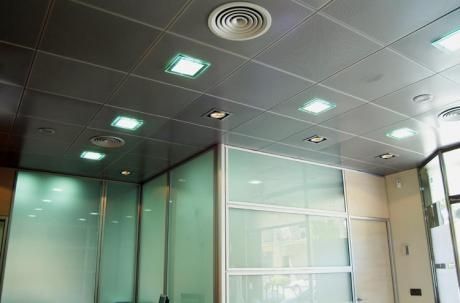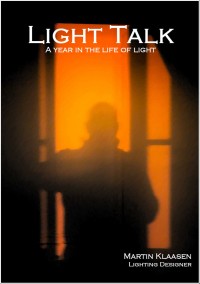Light and Air Conditioning
Jakarta 27th August 2013
Back in Jakarta for the day…it’s definitely busy in Indonesia in regards to projects! Now here is a slightly offbeat subject however one that does pop up from time to time. With the LED technology in fast forward mode inevitably the energy saving potential comes afore and with that the potential reduction in watts and assumingly heat emission. It is a logical thought pattern and energies reduced from 50W to 10W for halogen MR16 lights for instance one can reasonably assume that the emitted heat would also be reduced to a certain degree, perhaps even significantly as well. I don’t have exact figures but there is definitely an overall heat emission reduction with LED lighting. The point or rather the question is, how much and how much would that eventually affect the overall heat load in a space that is being air-conditioned? More specifically does the use of LED technology result in a potential capacity reduction (and thus cost saving) in the air-conditioning…
I for one have always assumed so but never been able to really quantify that. Today I had an interesting meeting with the project’s M&E consultant and as we were deliberating circuits, controls and power loadings, I brought the subject up out of curiosity. First of all we need to put the lighting part into perspective as lighting generally only consists of about 10% or less of the total energy load or “heat” production. So any reduction in lighting generated heat will only affect the 10%, so in the grand scheme of things not a real bone-breaker…but still, 5% of a lot can still be a lot so to speak. Secondly the two major variable influences on energy/ heat loads in a space are daylight (sun) and people. Switching lights on or off does not really shake the tree. In comparison to the load of an LED light at say 10W, engineers generally allocate 100W to a person, in other words if one person enters a room this compares to switching on 10 lights. You can work out the difference/ impact.
I came to the conclusion that the savings to air-conditioning capacity as a result of applying LED lighting technology is probably there but it is hard to quantify and if there is some at all it is marginal in comparison to the overall scheme of things. I also note a comment from the engineer that on top of that (lighting) designers often add in loads of additional LED lights ( media walls, decorations, etc) often defeating the purpose of energy saving 🙂 .
Light Watch 4-142: Light and mechanical services always fight for space…sometimes it can be integrated, sometimes the space or design is quite outspoken leaving little room for anything…




 The long awaited book compilation of Martin's first year of blogging is available. Order now.
The long awaited book compilation of Martin's first year of blogging is available. Order now. Feedspot Top 100 Lighting Blogs
Feedspot Top 100 Lighting Blogs